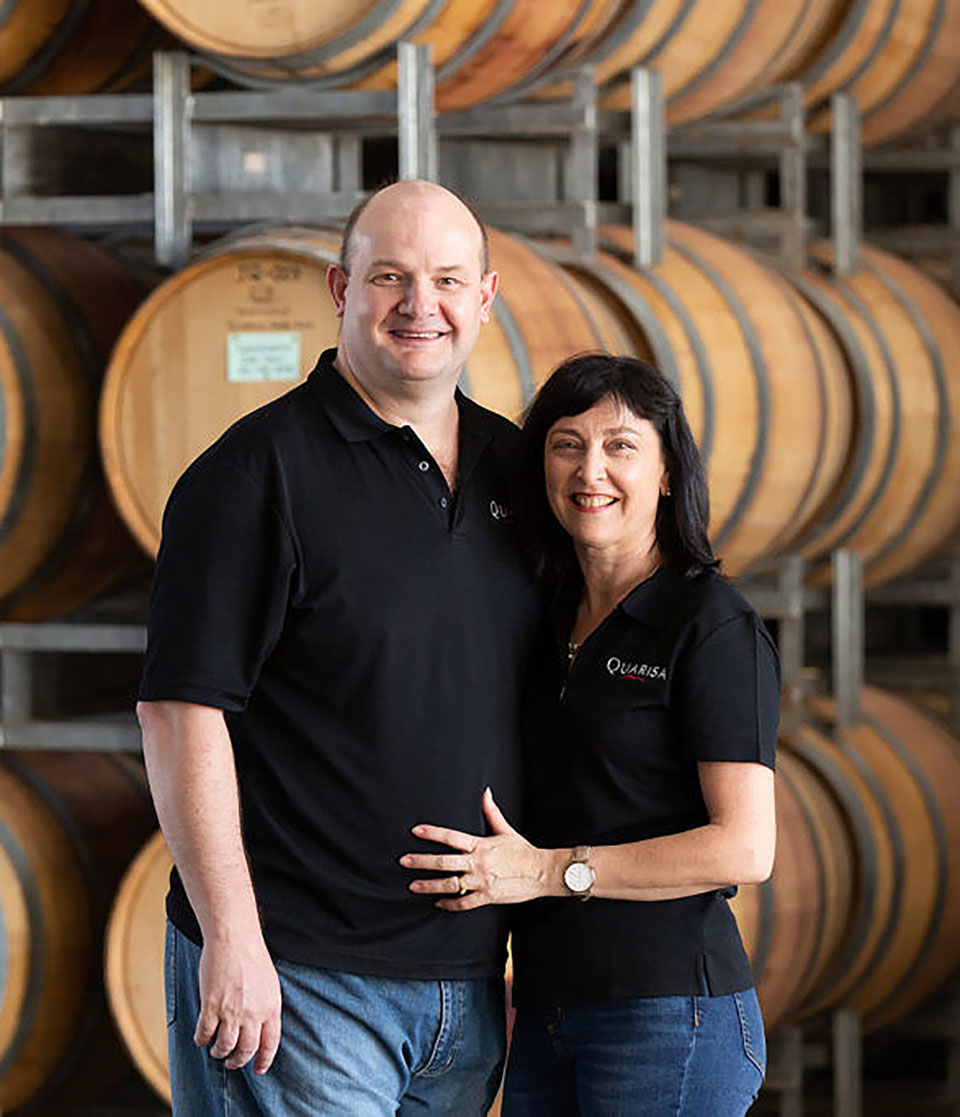
There’s never any shortage of Australian wines in Thailand and I’d guess that there’s quite a wide range of quality too. During the last few years, I have tasted several Australian wines which fell below expectations. One winemaker even admitted to me that one of his wines was not much good, but because so much time and money had been invested in the product, it finished up on the supermarket shelves.
During the 1960s few European wine enthusiasts took Australian wine seriously. My first taste was a flask of something called Australia Burgundy and it was truly dreadful; the kind of thing that you might use to clean out the gearbox of a tractor. But over the decades, Australian wines have improved enormously. While the big names in the industry tend to churn out commercial-style wines for the masses, there are many smaller artisan wineries which specialize in high-quality wines that are far superior to the mass-produced variety.
If your taste runs to full and fruity reds, you probably enjoy Australian Shiraz (SHEE-raz). The grape originally became famous in France, or to be more exact the Rhône Valley where it’s known as Syrah. The grape may be the same but the wines can be totally different depending on where they were made. Cool-climate Syrah (from France for example) is quite a different animal to warm-climate Syrah from Australia, Argentina or South Africa. The fruitiest Shiraz wines tend to come from Australia, where the grapes have become a favourite among winemakers. They’re relatively easy to grow and can produce many styles of wine ranging from fruity easy-drinkers to richer, more concentrated wines resplendent with dense flavours of red and black berries, violet, pepper and spices.
Wines made from the Shiraz grape are invariably full-bodied. And just in case you’re new to these things, perhaps I should mention that the “body” of a wine refers to the texture and “weight” of the wine in the mouth. Full-bodied wines tend to feel rather more viscous, in the same way that full-cream milk feels “thicker” in the mouth than non-fat milk. Full-bodied wines get their weighty quality in three ways; higher residual sugar content, higher alcohol and lower acidity. The alcohol content is the primary contributor to the body of a wine, which it why high levels of alcohol are found in many wines today. Although Shiraz wines tend to be dry, they often have sweetish overtones because of the low acidity and they may also be oaked to infuse them with secondary aromas and flavours.
But you know, full-bodied wines don’t have to hit you in the face like a sack of cherries. Some of the better-quality full-bodied wines can also have a lightness of touch and gentleness to their character. This is one of them.
30 Mile Shiraz 2012 (red), Australia (Bt. 690 @ Wine Connection)
I first tasted this wine in 2015 when it cost a hundred baht less. It has remained tremendously popular in many countries. It’s won many awards too and it’s made by the well-known Australian wine-maker John Quarisa, who for many years has crafted superb wines with the help of his wife Josephine. His wines have been described by the Australian wine guru James Halliday as “exceptional value for money.”
This wine is a rich crimson with hints of purple and a slightly oily appearance, which always seems to me a good sign. The aroma is quite complex with bold, ripe blackberry, spices and fresh pepper – one of the hallmarks of Shiraz. I thought I could detect a whiff of licorice too. Open the bottle about half an hour in advance and pour the wine into a jug or decanter, so that the wine has a chance to reveal its aroma.
One of the charms of this warm-climate Shiraz is that it doesn’t hit the palette like a torpedo. Even though it’s full-bodied it has a lovely gentle touch. The wine is very dry of course but it has a soft, almost silky mouth-feel and a satisfying smooth foundation of tannin with beautifully balanced fruit flavours. There’s a long, soft and satisfying dry cherry finish too. If you like a big, bold and luscious Shiraz give this a try. You will probably not be disappointed. Oh yes, it’s also a vegan wine, meaning that no fish or animal bi-products were used in its production.
Incidentally, full bodied reds like thus need to be served slightly cool but not cold. Low temperatures bring out unwanted qualities and make the tannins feel hard and unyielding. If it’s too cold you won’t be able to smell the splendid aromas either. This wine needs assertive food to show at its best and would go well with rich grilled beef or lamb. Shiraz is not particularly cheese-friendly but it would make a good partner for umami flavoured meals. I’m told that a classic slow-cooked BBQ beef is a perfect accompaniment to Shiraz. It would also go a treat with a good old-fashioned beef stew.






